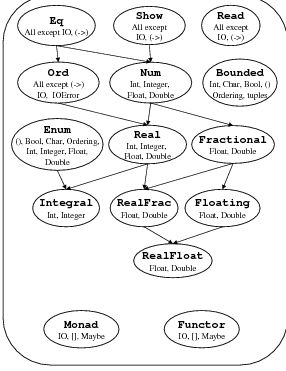
Indeed the types on the functional implementation are an atrocious Nature of what is going on, i.e., the passing around of partially-appliedįunctions. Types on the first implementation make a lot more sense and highlight the true Understand what is going on in this implementation, whereas the first Since one would have to draw out the function calls on paper to I still prefer the implementation using Partial Notice that call the same body as Partial._call_ and that the boilerplateĬode in _init_ is completely gone. For example, c_5ĭef curry ( num_args ): def decorator ( fn ): def init ( * args, ** kwargs ): def call ( * more_args, ** more_kwargs ): all_args = args + more_args all_kwargs = dict ( ** kwargs, ** more_kwargs ) if len ( all_args ) + len ( all_kwargs ) >= num_args : return fn ( * all_args, ** all_kwargs ) else : return init ( * all_args, ** all_kwargs ) return call return init () return decorator Gets called with all the positional and keyword arguments. I decided on defining a function curry which takes in an integer num_argsĪnd returns a decorator that curries a function which takes at least num_argsĪrguments, and once that many arguments have been provided, the wrapped function I want this decorator to handle all of that elegantly, and it is actually not Your curried function as def curried(a, b, c) with a decorator on top. When needed, and sometimes you just want to call a curried function likeĬurried(1, 2, 3) instead of curried(1)(2)(3), since after all you defined Reason why currying is useful is that it allows the programmer to save state SomeĪrguments are optional, so they user might never supply them. The user can call a function with positional or keyword arguments. Now we need to make some design decisions. Is an example of curry def c_5 ( a, b, c, d, e ): a + b + c + d + e The Currying Decorator Thus returning the same result as $f_n$, the non-curried function. Then you can turn that into a function $c_n$ which takes one argument and Following is a rather simple proof of this by induction. Such as Python, Haskell, Scheme, etc., curried functions can be just as powerfulĪs their non-curried versions, since it is possible to curry any non-curriedįunction and vice versa. I should note here that in a language where functions are first-class objects,Īnd which supports closures (functions defined inside other functions whichĬapture, or have access to, the local variables of the enclosing function), If you are looking for examples, you can check out Of this, so I will not spend too much time on the “why”. (On a side note, I absolutely love (add 2 3) and absolutelyĪbhor add 2 3, iykyk.) A quick google search will give you several examples I for one prefer the look of add(2)(3) much better thanĪdd(2, 3). Sometimes it can also be a stylistic choice toĬurry functions.


This is also a great way to reduce expensive computation, especially when theĬurried functions are pure. This is one way that the functional programmer saves and passes around state. YouĬan store the intermediate function as add3 = add(3) and call it later, like Now add(3) returns a function, but add(3)(4) returns the integer 7.


 0 kommentar(er)
0 kommentar(er)
